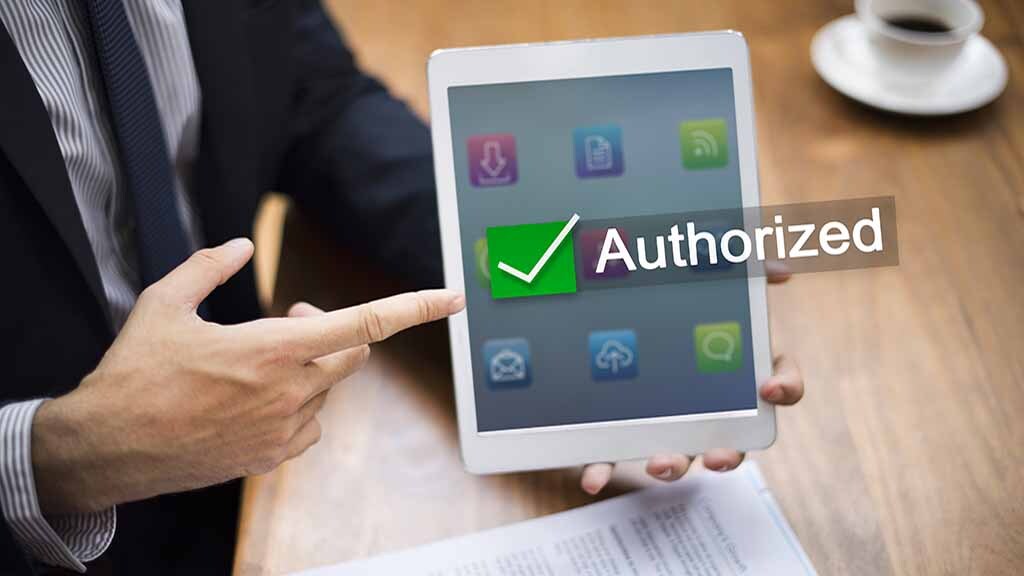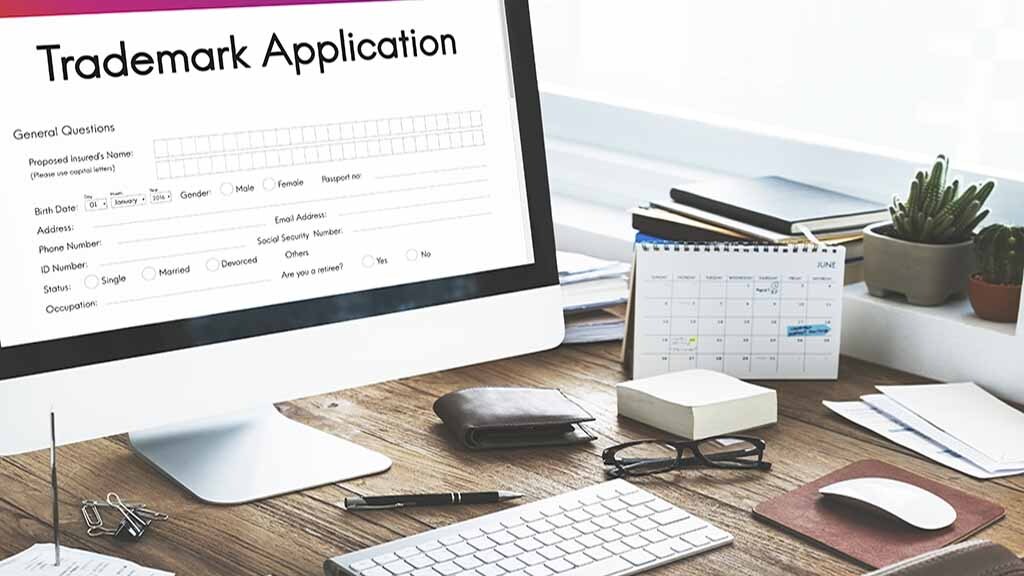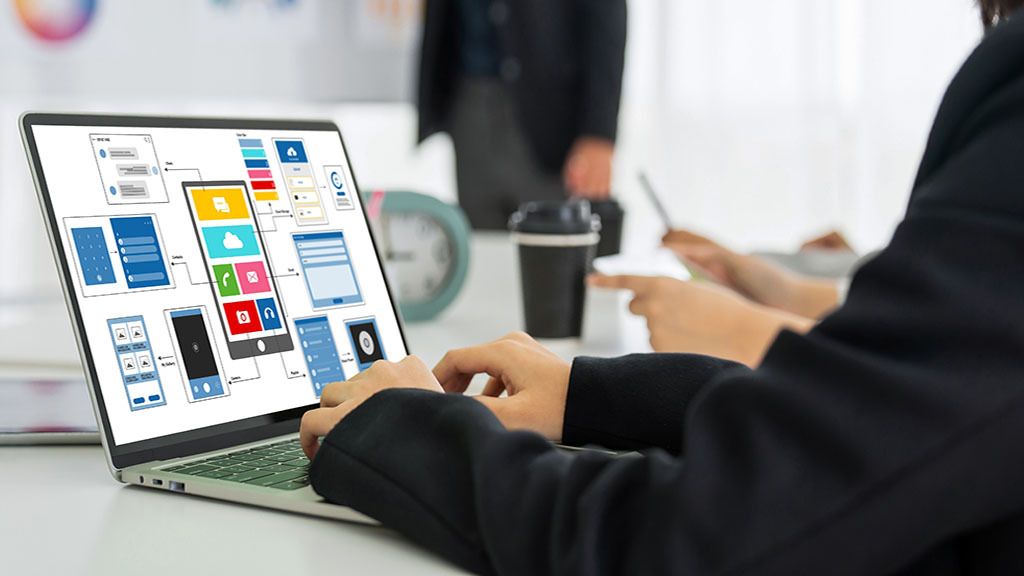In this article, we talk about a patent app; given the enormous boom that computer applications for smartphones and tablets are having, there are many who enter this new and growing market in search of business success. The major question is how to patent app And consequently, there are many questions that we are asked about the proper protection of this type of App. We share below the most frequent doubts and errors that we find and the usual answers in this regard.
First of all, mention the informal way in which the protection of an application is referred to as patenting a mobile application. Patenting is a verb that, according to the definition of the dictionary of the Royal Spanish Academy, means: obtaining industrial property.
Technically, computer applications as such are not patentable in Europe since the European Patent Convention explicitly excludes them.
Patents are used solely for the protection of inventions, and essentially an invention is understood to be a technical solution to a technical problem. From this, it can be deduced that if the mobile application produces a technical effect or is capable of producing it, it is patentable.
To determine whether or not an application may be patentable, it is essential to have a professional team like Wivro . In practice, most mobile applications, and computer programs in general, are not technical in nature.
Clarified that in Europe, most mobile applications are not patentable, we show below which are the alternative ways of protecting an application.
Choose your App to Register
The computer development of the application itself and its subsequent commercialization implies different needs that must be considered independently:
- The name of the mobile applications can/should be registered as a trademark.
- Application interfaces can also be protected
- And the intellectual authorship of it can/should also be considered.
We guide you on each of these possibilities separately, and we remain at your disposal to clarify, comment on and adapt them to your specific needs.
How to Patent App: Viability and trademark registration:
To protect the brand with which the mobile application will be identified, it is essential to know the name that the brand will include and to know that brands are protected for a specific activity/des for which the Nice Classification is used, where all activities are classified. And existing products. In the case of mobile applications, it can be challenging to figure out which class or classes are the most appropriate. This is because despite the fact that all computer applications in general as a product fall into class 9, the service or services offered by the application may be more relevant than the application itself.
Let’s give an example to help understand it: A mobile application developed to organize trips, including, for example, booking accommodation, a restaurant guide, car rental, etc. You might be interested in a rating of the following type:
- Class 35: Provision of comparative information on hotel prices and a variety of elements related to travel (including rental cars) for the benefit of third parties via the internet and communication networks; advertising and marketing services relating to travel provided to third parties via the Internet and mobile communication networks.
- Class 39: Advisory and consultancy services in connection with the organization of travel and/or contracting of transport, provision of travel information in the form of geographical information of destinations and the surrounding area using maps, map images and travel routes trip.
- Class 43: Temporary accommodation reservation services; provision of information relating to temporary accommodation reservations; Catering services (food); Temporary accommodation; provision of information relating to catering and temporary accommodation; Making hotel reservations for third parties.
On the other hand, before investing time, enthusiasm and money in a trademark application, it is highly recommended to evaluate its feasibility, that is, to see what identical or similar prior trademarks are registered or applied for in the territories of commercial interest to verify that they will not actually be an insurmountable obstacle during the processing and also verify that it complies with the legal requirements.
Regarding the registration of trademarks in the mobile applications sector, the protection of the icon that identifies them deserves special attention. Registering the application icon is vital since it is the distinctive sign that users will recognize both in virtual stores and on their own device and will associate it directly with the application.
Finally, since trademarks are granted by each State independently, and mobile applications are generally sold internationally, the internationalization of trademark registration is key to preserving the right and owning such a valuable asset. The most recommended thing in this scenario is to initiate the international protection of the trademark by registering a community trademark and take advantage of the 6-month period of international priority granted by this application to extend it to other possible territories.
How to Patent a Mobile Application?
Protection of Graphical Interfaces:
Regarding the appearance of the applications and what the user perceives and uses to interact with the application, it should be noted that if these are especially novel and/or aesthetically advantageous, there is the possibility of protecting them as industrial designs.
In geographical consistency and for the same reasons as those mentioned above regarding the protection of trademarks, the most logical thing to do is to resort to an application for registration of a community industrial design and take advantage of the 6-month period of international priority.
Intellectual Property:
As already mentioned, most computer programs and applications are NOT protectable by patents, so they are considered by law (with the exception of the US) as intellectual property rights.
Consequently, in the 151 contracting countries of the Berne Convention for the Protection of Literary and Artistic Works, software, whether as source code or as an object, is considered an intellectual work endowed with protection similar to that of a book, a sculpture or a photograph. This copyright protects the “literal expression” of computer systems or applications but does not protect the “ideas” underlying such systems or applications and which often have high commercial value.
The problem that arises in this environment is one of testing since the exploitation rights correspond to them by the mere creation of the work, in this case, the software. In order to demonstrate the moment of creation and its content, there are 2 ways with our current legislation.
- Copyright: Provides proof of authorship of the application. A text describing the application and the source code must be registered with the corresponding administration. The registration will be valid in all countries of the Berne Convention. The fact that the owner must be one or more natural persons stands out, which makes it challenging to manage and operate them through commercial companies, forced to draw up and sign contracts in this regard between the parties and the fact that if it is presented by a third party, generally a legal representative, the representation must be signed before a notary.
- Notarial Protocol: This is the recommended solution for cases in which the exploitation of the mobile application is carried out through a mercantile company due to its easy execution. It consists of depositing a notary with the content of the application.
The simplest and cheapest way to carry out said protocol is using digital support, such as CD, DVD or preferably removable memory, which includes a description of the application, the source code and, if possible, an executable of the same. With this notarial protocol, a reliable date is obtained from which the authors and owners of the content of the deposited with a reliable date are declared.




